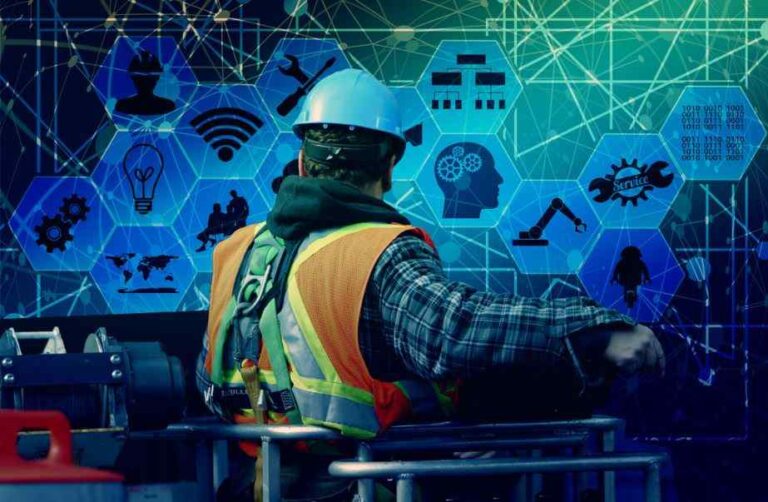First, computers connected to the Internet, then telephones, later smartwatches; Now practically all devices (traffic lights, environmental sensors, refrigerators, cleaning robots, etc.) can connect to the Internet and send information to a processing center or our own mobile phone, from where we monitor and give orders for the devices to act in a certain way.
Today it is easy to program a system whereby, when we get within 100 meters of the house, the garage door automatically opens, the lights come on and the temperature in the living room is adjusted to 25 degrees. You just have to connect my geolocation with the garage door opener, the smart lights in the house, and the air conditioning system. All these “things”, of course, must be connected to the Internet.
What is the Internet Of Things and What are the IoT Applications
What is IoT?
This ecosystem of connected devices is what is called the Internet Of Things (IoT). Any of them can connect to the internet and interact without the need for human intervention. It is what is known as devices or M2M communication(Machine-to-Machine).
The general logic would be as follows: devices have sensors that collect data; the data is transmitted via the internet (using the Wi-Fi or 4G network, for example) to a platform located in the cloud, where a processor analyzes it, compares it… gives it meaning, converts it into information; information that we will use to make decisions accordingly.
For example: based on the traffic data obtained by the sensors, the system can automatically enable the reversible lane in one direction or another.
When we have a system with many connected devices, the problem can be the “language” that each device speaks. If everyone doesn’t speak the same language (then they aren’t compatible), communication gets complicated. To make this possible, a standard protocol has been created, proposed by IBM, called MQTT (Message Queuing Telemetry Transport), which allows manufacturers to participate and support it, thus making communication between devices from different manufacturers possible.
In the end, it is about creating development frameworks (with a common programming language, for example) where the resulting products understand each other, regardless of the company that develops them; something essential for a true expansion of technological development.
Some devices are very small and light, inserted into watches, sneakers, or sports shirts. So that they can operate despite their characteristics, many are based on a technology called SoCs (System on Chip).
An SoC is an integrated circuit that contains the same necessary modules as a computer so that technically they have the same capacity to record and send data. They are like miniature computers. In the private sphere, the IoT is related to concepts such as smartwatch, smart home, or wearables (devices incorporated into clothing).
IoT Applications for Businesses
The world of business and industry has in the IoT a whole universe of opportunities to improve its processes. Here are some examples of the many possible applications.
Industrial Manufacturing
Using IoT, manufacturers can monitor their production lines for equipment maintenance when sensors detect an impending failure, breakage, or wear out of a part, allowing component repair to be planned and outages avoided in the production chain.
In the case of vehicles, for example, manufacturers and component suppliers can monitor the operation of some parts, for example, the electronic control unit, which in turn records the car’s kilometers, the engine oil level or the level of tire inflation, notifying the owner when his intervention or a visit to the workshop is required.
Autonomous Driving
It is one of the most significant examples of the IoT. Hundreds of sensors are connected to each other, to the traffic management system, and to other vehicles, allowing the car to simply drive itself. Impressive, but 100% real.
Maintenance And Administration Of Buildings And Public Spaces
The supervision of water and electricity resources, the automation of lights, air conditioning, and surveillance, saves money and allows for much better managed and safer spaces.
Retail Commerce
Smart shelves that have weight sensors can collect information based on RFID (Radio Frequency Identification), sending the data to the IoT platform to automatically monitor inventory. If a reference in question is running low, it triggers an alert. On the other hand, Beacons (small devices that send messages to mobiles when they are close to them) can send specific offers and promotions to customers, providing them with an attractive experience.
Conclusion
Other technologies, such as Artificial Intelligence and, within it, Machine Learning, as well as Big Data, are complementary and necessary so that together we can have more effective solutions to the daily tasks of companies in all sectors. A whole world of possibilities will be progressively glimpsed for small and medium-sized companies.
See More: Conversion of Binary to Decimal



